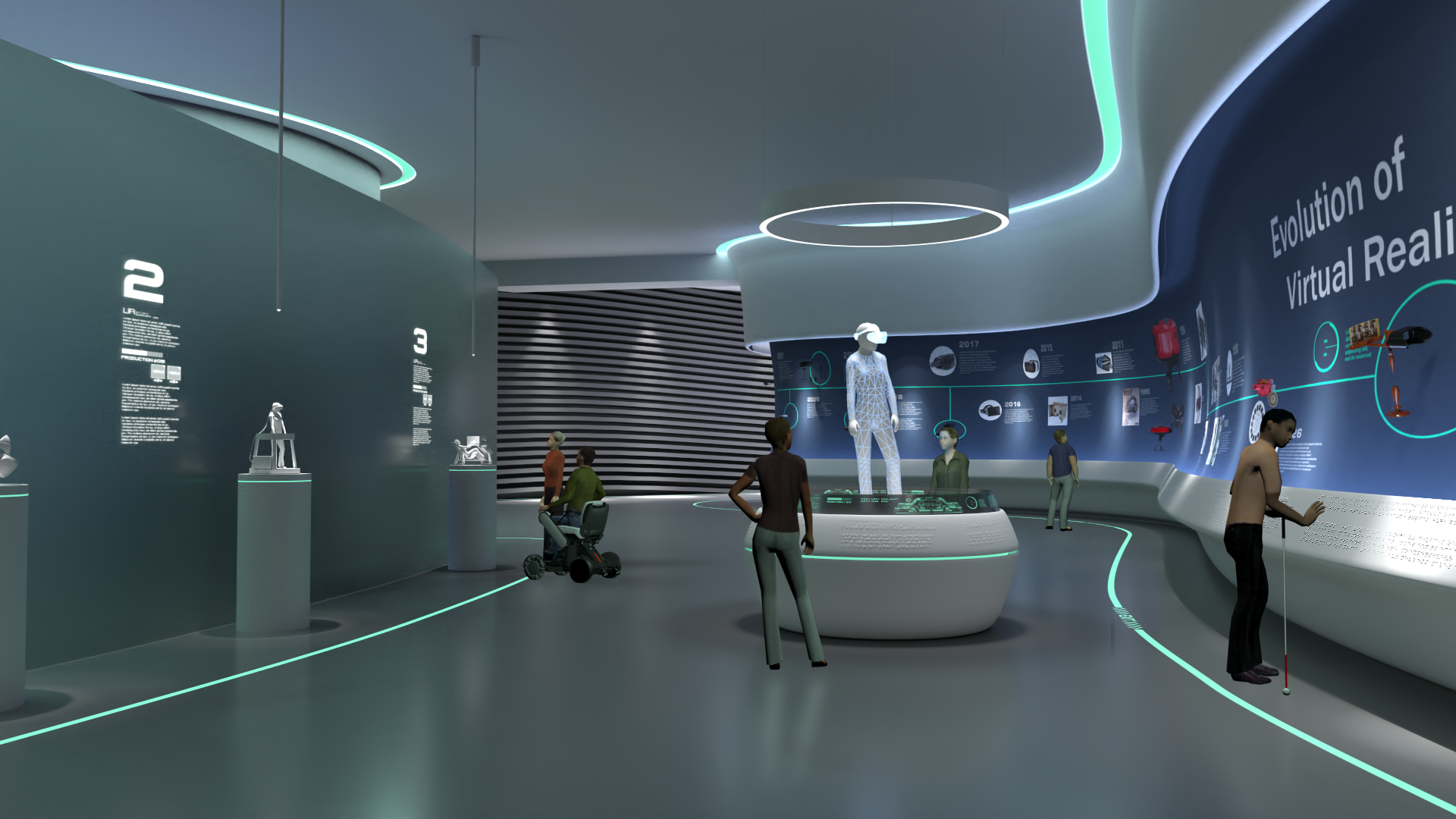
Direct Brain Interfaces
- Unique Combinations of DBI types
- Unique Combinations of DBI types
Annotated Bibliography
COPY currently shown bibliography
Flesher, S. N., Collinger, J. L., Foldes, S. T., Weiss, J. M., Downey, J. E., Tyler-Kabara, E. C., … Gaunt, R. A. (2016). Intracortical microstimulation of human somatosensory cortex. Science Translational Medicine, 8(361), 361ra141-361ra141. doi:10.1126/scitranslmed.aaf8083. Accessed from: https://www.science.org/doi/abs/10.1126/scitranslmed.aaf8083
- This paper describes the results of a study that attempted to use a direct brain interface to approximate a feeling of touch.
Flesher, S. N., Downey, J. E., Weiss, J. M., Hughes, C. L., Herrera, A. J., Tyler-Kabara, E. C., ... & Gaunt, R. A. (2021). A brain-computer interface that evokes tactile sensations improves robotic arm control. Science, 372(6544), 831-836. [cited Sep 28 2022] Available from: https://www.science.org/doi/epdf/10.1126/science.abd0380
- Flesher et al. added an afferent channel to the brain–computer interface to mimic sensory input from the skin of a hand (see the Perspective by Faisal). The improvements achieved by adding the afferent input were substantial in a battery of motor tasks tested in a human subject.